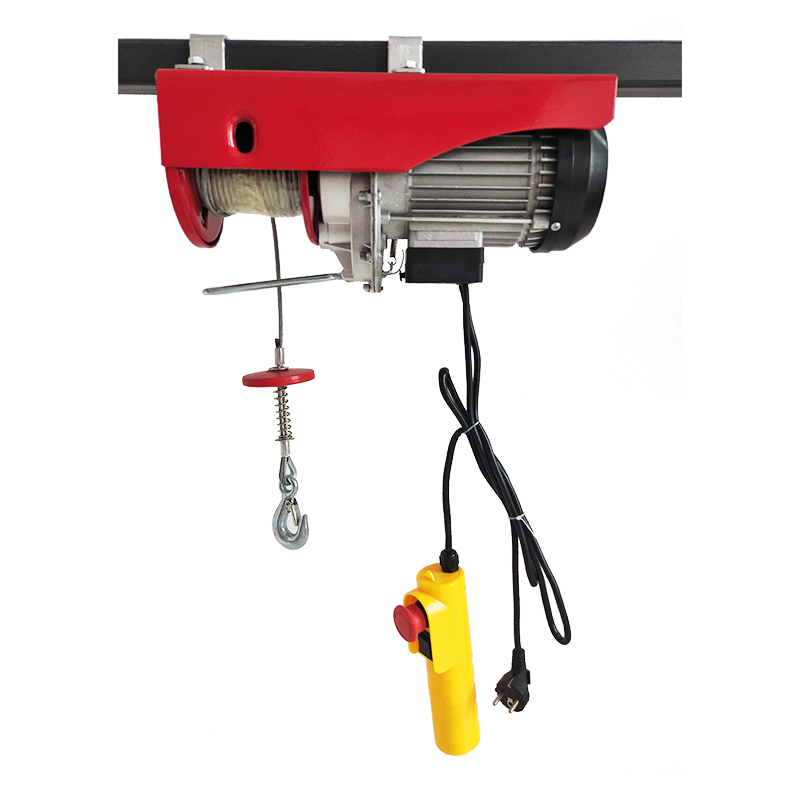


Understanding Fall Protection Devices Essential Tools for Workplace Safety
In various industries, particularly those involving construction, maintenance, and any elevated work scenarios, fall protection is an imperative aspect of worker safety. Falls remain one of the leading causes of fatalities and serious injuries in the workplace. Consequently, the implementation of effective fall protection devices is essential to safeguard workers against these risks. This article delves into the types, importance, and best practices associated with fall protection devices, ensuring that safety remains a top priority.
What Are Fall Protection Devices?
Fall protection devices are systems designed to prevent workers from falling or to limit the distance and impact of a fall. These devices are specifically designed to protect individuals working at heights, whether on scaffolds, roofs, ladders, or other elevated surfaces. There are several categories of fall protection devices, including harnesses, lanyards, guardrails, safety nets, and anchor points.
1. Harnesses Full-body harnesses are essential pieces of safety equipment worn by workers. These harnesses distribute the force of a fall across the body, minimizing injury. Proper fitting and regular inspections are crucial to ensure maximum effectiveness.
2. Lanyards These are connectors that link a worker’s harness to an anchor point. They come in two primary types shock-absorbing lanyards, which reduce the force on the body during a fall, and self-retracting lanyards, which automatically adjust to the worker’s movements.
3. Guardrails Guardrails are physical barriers installed around elevated surfaces to prevent falls. Effective guardrails should be at least 42 inches high and should be capable of withstanding the force of a falling person.
4. Safety Nets These are positioned below work areas to catch any falling workers or materials. While not a primary fall protection method, safety nets serve as an additional layer of protection, especially in construction environments where regular movement is present.
5. Anchor Points These secure points are essential for attaching lanyards, ensuring that workers are safely tethered to structural elements during elevated work.
Importance of Fall Protection Devices
Adopting fall protection devices is not only a regulatory requirement but also a critical step toward ensuring workplace safety. The Occupational Safety and Health Administration (OSHA) mandates fall protection in various scenarios, emphasizing the need for employers to provide appropriate safety equipment.
The significance of these devices can be highlighted in several key areas

- Reduction of Injuries and Fatalities Implementing fall protection reduces the incidence of falls, thereby minimizing injuries and saving lives
. Safety devices like harnesses and guardrails provide the necessary support for workers at heights.- Compliance with Regulations OSHA and other safety regulatory bodies have established stringent guidelines for fall protection. Businesses must comply with these regulations to avoid legal repercussions and potential fines.
- Boosting Employee Morale A safe work environment fosters employee confidence and satisfaction. When workers know that their safety is prioritized, they are more likely to be engaged and productive.
- Financial Protection for Businesses The costs associated with workplace accidents, including medical expenses, legal fees, and lost productivity, can be staggering. Investing in fall protection devices can save businesses from significant financial burdens.
Best Practices for Implementing Fall Protection Devices
To ensure the effectiveness of fall protection devices, several best practices should be followed
- Regular Training Workers should receive continuous training on how to use fall protection devices properly, including securing harnesses and identifying hazards.
- Routine Inspections Regularly inspect all fall protection equipment to ensure it is in good working condition and replace any damaged parts immediately.
- Risk Assessment Conduct thorough assessments of work areas to identify potential fall hazards and implement appropriate solutions.
- Encourage Reporting Foster an environment where workers feel comfortable reporting unsafe conditions or issues with equipment without fear of repercussion.
In conclusion, fall protection devices are crucial for maintaining a safe work environment for anyone involved in tasks at height. By understanding the types of equipment available, recognizing their importance, and adhering to best practices, employers and workers alike can help reduce the risk of falls and create a culture of safety in the workplace. Investing in proper fall protection not only safeguards lives but also enhances overall productivity and morale within organizations.



